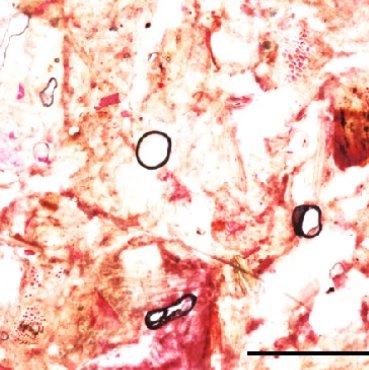The transcriptional corepressor CtBP2 serves as a metabolite sensor orchestrating hepatic glucose and lipid homeostasis

HCD-fed B6 albino exhibited high NASH susceptibility compared to B6 black, a phenotype not previously reported. Liver injury occurred in approximately 50% of B6 albino from one post HCD feeding, with elevated serum alanine aminotransferase and aspartate aminotransferase levels. NASH was induced following 2 weeks in severe-phenotypic B6 albino (sB6), but B6 black exhibited no symptoms, even after 10 weeks. HCD-fed sB6 albino showed significantly higher mortality rate. Histological analysis of the liver revealed significant inflammatory cell and lipid infiltration and severe fibrosis. Serum lipoprotein analysis revealed significantly higher chylomicron and very low-density lipoprotein levels in sB6 albino. Moreover, significantly higher small intestinal lipid absorption and lower fecal lipid excretion occurred together with elevated intestinal NPC1L1 expression. As the tyrosinase point mutation represents the only genetic difference between B6 albino and B6 black, our work will facilitate the identification of susceptible genetic factors for NASH development and expand the understanding of NASH pathophysiology.
→
Scientific Reports volume 11, Article number: 21827 (2021)
DOI 10.1038/s42003-021-02334-4
→ Research Outline (PDF In Japanese language)